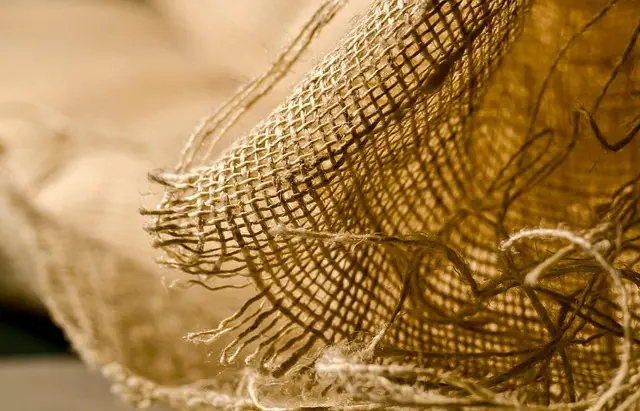Maeng Da and Red Bali kratom strains serve distinct purposes in recovery. Maeng Da, with higher mitragynine levels, provides rapid pain relief and stimulation for intense physical discomfort and withdrawal symptoms early on. Red Bali, known for its calming properties, contains more 7-hydroxymitragynine, offering a milder yet balanced effect ideal for stress reduction, sleep improvement, and maintaining well-being in later recovery stages. Fitness enthusiasts choose between these strains based on their preferences: Maeng Da for swift muscle soreness relief after intense workouts, or Red Bali for a calmer, soothing post-workout relaxation experience without jittery side effects.
“Unleash your fitness potential with a unique approach to post-workout recovery – kratom. This natural herb has gained attention for its potential benefits in muscle recovery and pain relief. In this comprehensive guide, we explore two prominent kratom varieties, Maeng Da and Red Bali, delving into their distinct properties and effects. Learn how to incorporate these strategies into your routine for optimal recovery, comparing Maeng Da vs Red Bali to determine the best fit for your training goals. Discover the science behind these natural remedies.”
- Understanding Maeng Da and Red Bali Kratom: Properties and Effects
- Incorporating Kratom into Post-Workout Recovery Strategies
- Maeng Da vs Red Bali: Which is Optimal for Training Recovery? Comparison and Guidance
Understanding Maeng Da and Red Bali Kratom: Properties and Effects

Maeng Da and Red Bali kratom are two popular strains known for their distinct properties and effects, making them valuable in recovery strategies. Maeng Da, meaning “powerful” in Thai, is renowned for its potent effects. It contains higher levels of mitragynine, the primary active compound in kratom, which can provide strong pain relief, anxiety reduction, and stimulation. This strain is often preferred during the initial stages of recovery to manage intense physical discomfort and withdrawal symptoms.
On the other hand, Red Bali kratom offers a milder yet balanced experience compared to Maeng Da. It derives its name from the red color of its dried leaves and is known for its relaxing and calming effects. Red Bali contains higher levels of 7-hydroxymitragynine, a potent metabolite that contributes to its sedative and mood-regulating properties. This strain can be beneficial during the later stages of recovery, aiding in stress reduction, sleep improvement, and maintaining a sense of well-being.
Incorporating Kratom into Post-Workout Recovery Strategies

Incorporating Kratom into post-workout recovery strategies has gained popularity among fitness enthusiasts and athletes looking to optimize their performance and speed up recovery times. This herbal extract, derived from the kratom plant (Mitragyna speciosa), offers a natural alternative to traditional pain management and muscle recovery solutions. One of the key benefits is its ability to provide both analgesic (pain-relieving) and stimulant effects, making it a versatile tool for post-exercise recovery.
When comparing popular kratom strains like Maeng Da and Red Bali, users often seek options tailored to their specific needs. Maeng Da, known for its potent effects, is favored by those seeking rapid relief from muscle soreness and fatigue after intense workouts. In contrast, Red Bali offers a calmer experience with mild analgesic properties, making it suitable for post-workout relaxation and recovery without the jittery side effects often associated with some stimulants. Both strains have their merits, allowing individuals to choose based on their preferences and desired outcomes, whether it’s rapid pain relief or a more gentle, soothing recovery session.
Maeng Da vs Red Bali: Which is Optimal for Training Recovery? Comparison and Guidance

When it comes to training recovery, choosing the right kratom strain is a nuanced decision that can significantly impact your post-workout experience. Two popular options frequently discussed are Maeng Da and Red Bali. Each possesses unique properties that cater to distinct needs.
Maeng Da, known for its potent effects and high mitragynine content, offers faster acting relief from muscle soreness and fatigue. This makes it an attractive choice for intense training sessions or competitive athletes looking for swift recovery. Conversely, Red Bali, with its more mild profile and higher levels of 7-hydroxymitragynine, provides a gentler approach to pain management and relaxation without the same level of energizing effect as Maeng Da. For individuals prioritizing a slower, more gradual recovery process, particularly after strenuous or prolonged exercise, Red Bali may be the superior choice.
When it comes to training recovery, both Maeng Da and Red Bali Kratom offer unique benefits. Maeng Da’s potent pain-relieving properties make it ideal for intense post-workout sessions, while Red Bali’s calming effects can aid in deep, restorative sleep. For optimal recovery, consider combining these strains based on your specific needs. Whether you prioritize muscle soreness reduction or enhanced sleep quality, integrating kratom into your post-exercise routine shows promising results. Remember, the right balance of Maeng Da and Red Bali can be a game-changer for athletes seeking to maximize their training gains while minimizing downtime.






